Since South America’s mountains have a complex topography, most of its lakes are confined either to the Andes mountains or its foothills. The Andes mountain range formed closed basins throughout the years that have been filled with water inflow and have naturally formed lakes and reservoirs which the continent prides itself on to this day. Because of the continent’s geography of lakes, most of them are not as vast as the lakes in North America.
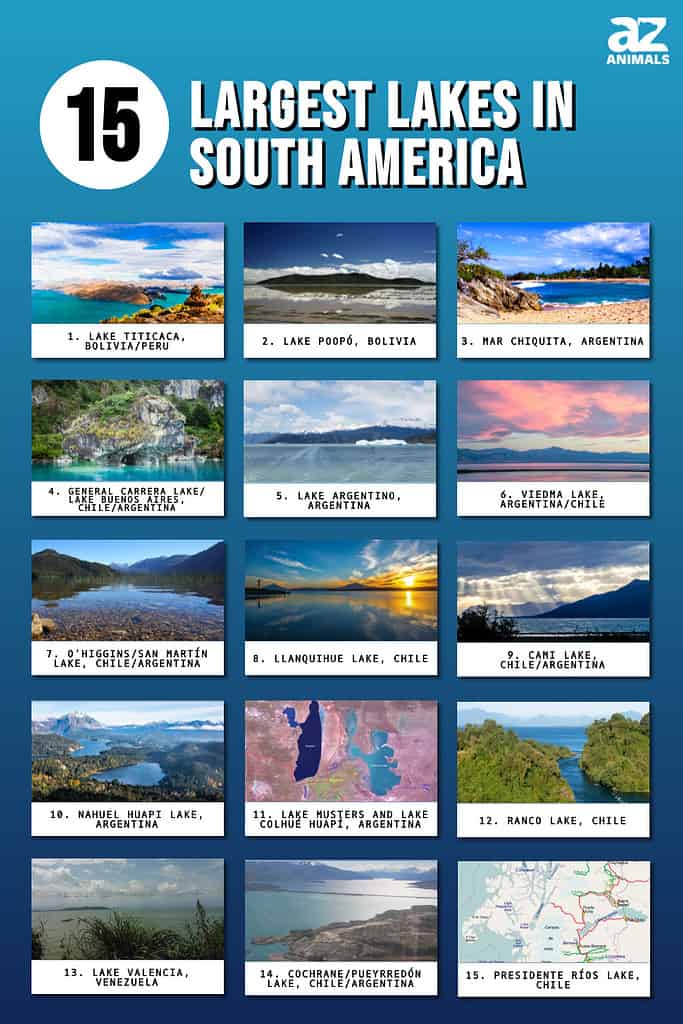
Most of South America’s major lakes are marshy basins or saline lakes. The southern portion of the continent hosts several freshwater lakes. Though lakes in South America do not top the world by surface area, they are still as beautiful and worth tackling. This article will explore 15 of the largest lakes in South America and where exactly to find them.
The 15 Largest Lakes In South America
15. Presidente Ríos Lake, Chile
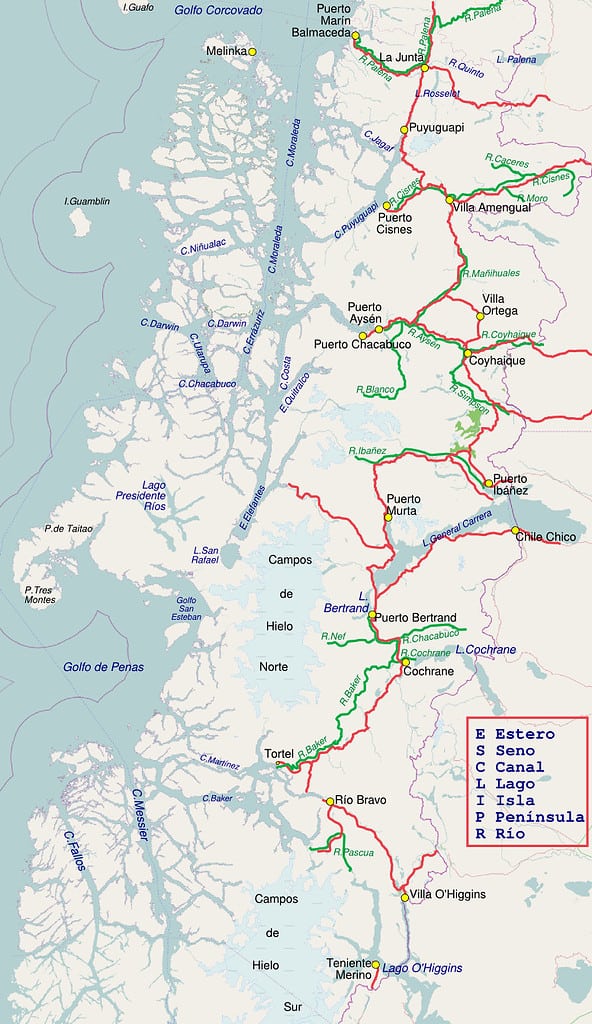
©Region_de_Aysen-Rios_y_Ciudades.svg: *Carretera_austral_de_Chile.svg: *Aisen_map_(blank).png: http://www.openstreetmap.orgderivative work: Createaccountderivative work: Createaccountderivative work: Createaccount, CC BY-SA 2.5 <https://creativecommons.org/licenses/by-sa/2.5>, via Wikimedia Commons – License
With a surface area of up to 121 sq mi or 313 sq km, the Presidente Rios Lake is another Chilean lake that makes it to the biggest lakes in South America. While the lake’s existence was only discovered in 1945, it appears that native Chono was aware of its existence. Despite serving the Spanish as marine pilots, the Chonos, who had a tense relationship with them, kept the lake hidden.
14. Cochrane/Pueyrredón Lake, Chile/Argentina
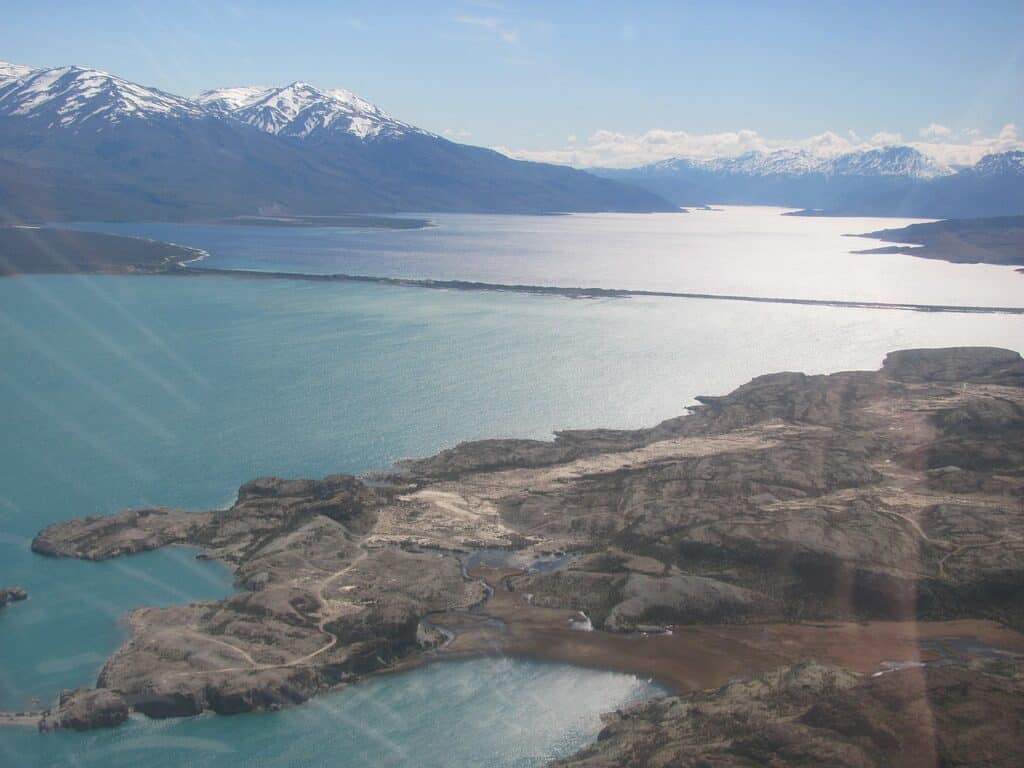
Having a total surface area of 125 square miles, Cochrane Lake is a glacier-fed lake.
©Ppviorgullo / Creative Commons – License
The Pueyrredón/Cochrane Lake is a glacier-fed lake spanning the Argentina-Chile boundary on the eastern edge of the southern Andes. It has a total surface area of 125 sq mi or 325 sq km, but as shared by two countries, 58 sq mi or 150 sq km of the lake sits inside the Argentinian border while 68 sq mi or 175 sq km sits in Chile.
13. Lake Valencia, Venezuela

Lake Valencia provides a home to different marine species and humans.
©Manuel Alberto Herrera Pereira / Creative Commons – License
Covering a surface area of 140 sq mi or 350 sq km, Lake Valencia, located in one of the Aragua valleys in Venezuela, takes a spot in one of the largest lakes on the continent. It contains several islands, providing a home to different marine species and humans. Not all islands are inhabited, though, as the lake suffers from algal bloom due to the continuous influx of wastewater from urban and industrial lands.
12. Ranco Lake, Chile

Ranco Lake has a surface area of 160 square miles.
©iStock.com/ToniFlap
Located in the Ranco province of Chile, Ranco Lake consists of a series of islands and features deep embayments. Measuring a surface area of 160 sq mi or 410 sq km, the lake lies in the Andean pre-cordillera and differs from the other lakes in the area as it lacks visible volcanoes in its circle.
11. Lake Musters and Lake Colhué Huapí, Argentina
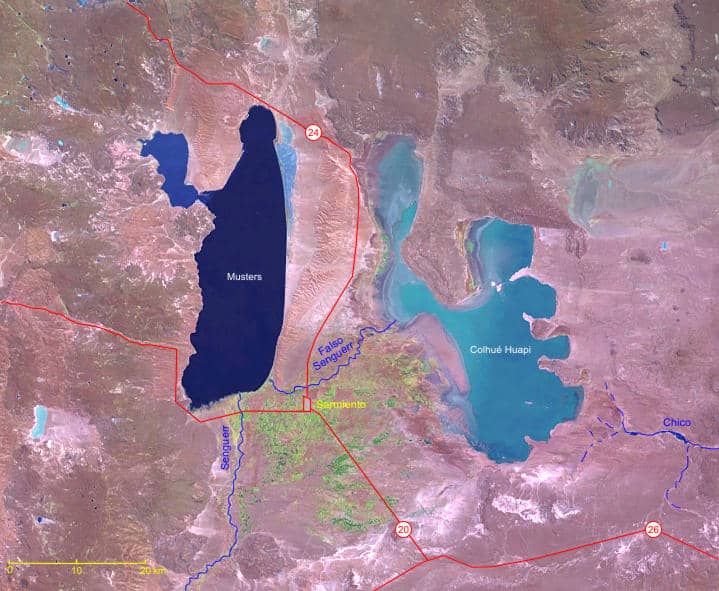
The dry environment and strong winds help Lake Musters quicken its evaporation.
©Abestrobi – NASA – License
The combined surface area of Lake Musters and Lake Colhué Huapí in Argentina covers 173.74 sq mi or 450 sq km. These two adjacent basin lakes are fed primarily by the Senguerr River and dry through evaporation. The dry environment and strong winds help the lake’s water quicken its evaporation.
10. Nahuel Huapi Lake, Argentina

Having a surface area of 210 square miles, Nahuel Huapi Lake is one of the largest lakes in South America.
©iStock.com/xeni4ka
Nahuel Huapi Lake is one of the most popular resort areas in Argentina. It has a total surface area of 210 sq mi or 544 sq km and sits at the wooded eastern foothills of the Andes mountain range. The lake has several islands, including Isla Victoria, a forestry-research station.
9. Cami Lake, Chile/Argentina
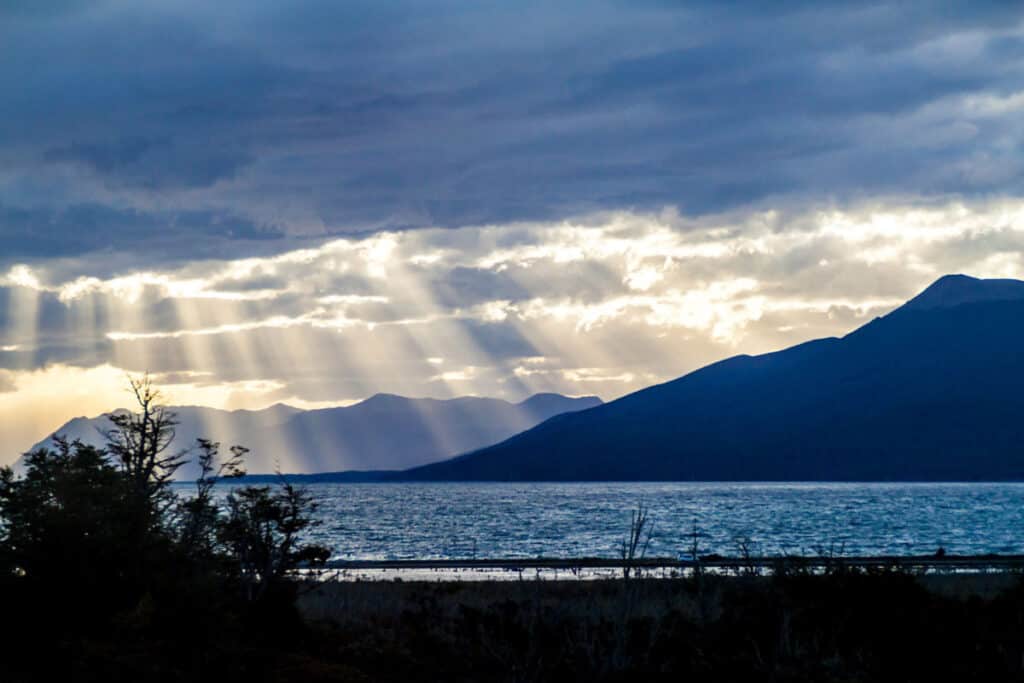
©Matyas Rehak/Shutterstock.com
Cami Lake, also known as Fagnano Lake, has a total surface area of 249 sq mi or 645 sq km. The lake touches Chile and Argentina and has the deepest point of 449 meters. The southern bank is steeper than the northern, and it spreads out into a vast and flat piedmont from which both plateau levels may be seen.
8. Llanquihue Lake, Chile
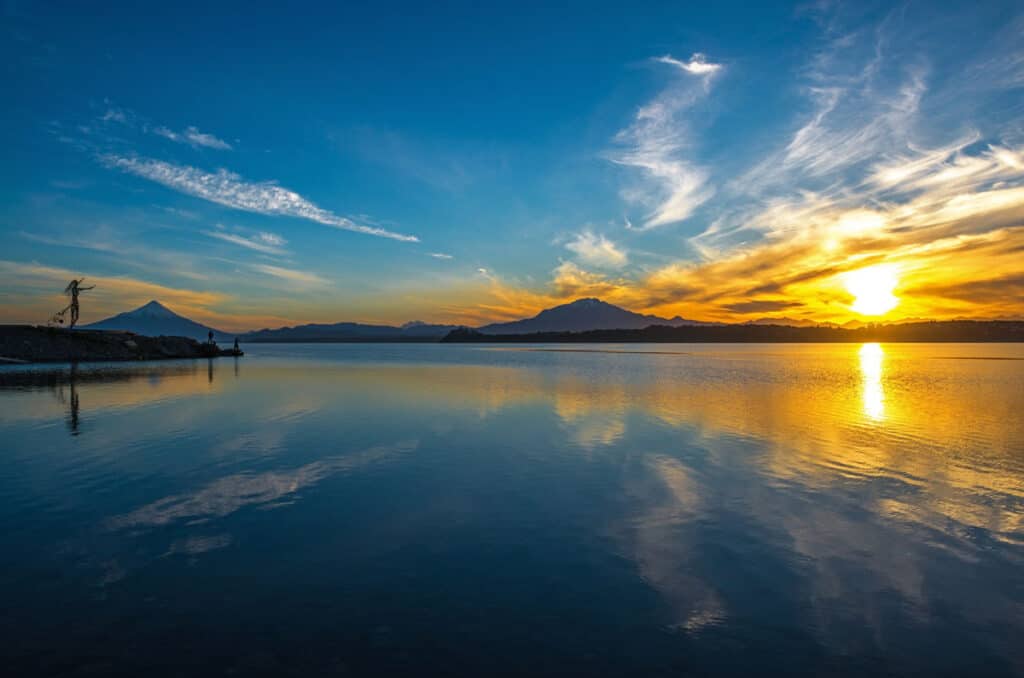
Llanquihue Lake is one of the largest lakes in South America.
©iStock.com/SL_Photography
The second-largest lake in Chile is also one of the largest lakes in South America, having a surface area of 330 sq mi or 860 sq km. It is located in the provinces of Llanquihue and Osorno in the southern Los Lagos Región. During the Quaternary glaciations, several Piedmont glaciers carved out the lake’s fan-like shape. In Chile, the last glacial period is called the Llanquihue glaciation, named after the lake’s terminal moraine structures.
7. O’Higgins/San Martín Lake, Chile/Argentina
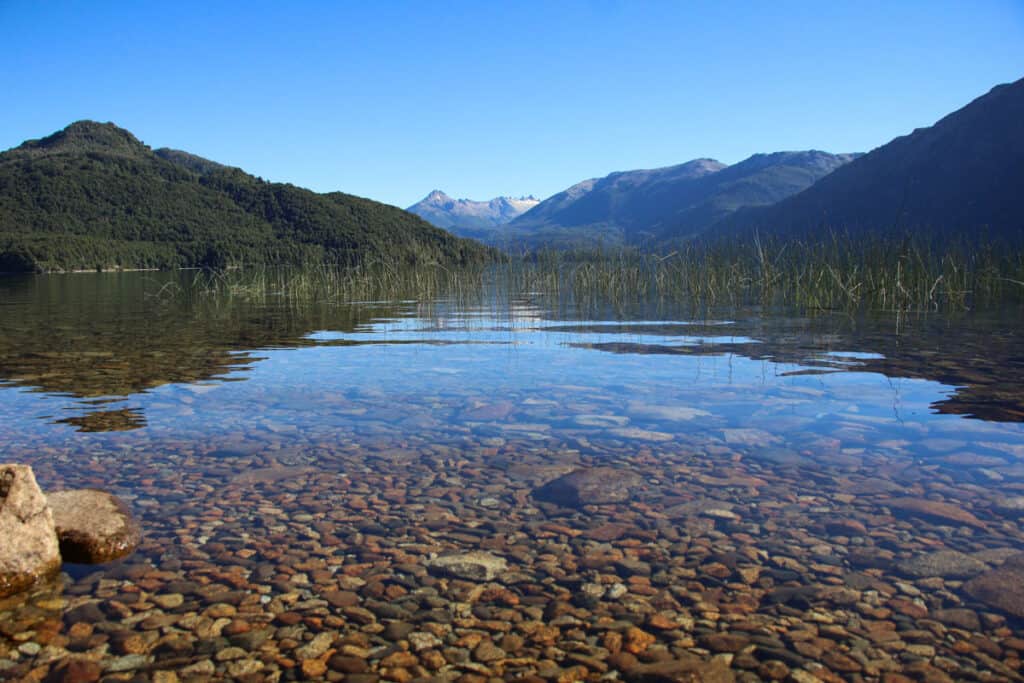
The San Martin Lake measures 391 square miles.
©Nicolas Rios Rey/Shutterstock.com
The O’Higgins Lake or the San Martin Lake is famous around the world because it is one of the largest lakes on the continent and the 5th deepest lake in the world. It measures 391 sq mi or 1,013 sq km of total surface area and 2,743 ft maximum depth. Like the General Carrera Lake, it has two internationally accepted names as it sits in both Chile and Argentina. The lake is known for its milky-white turquoise color, generated by the surrounding sweeping mountains, which provide a high concentration of rock flour suspended in the water from the glaciers.
6. Viedma Lake, Argentina/Chile
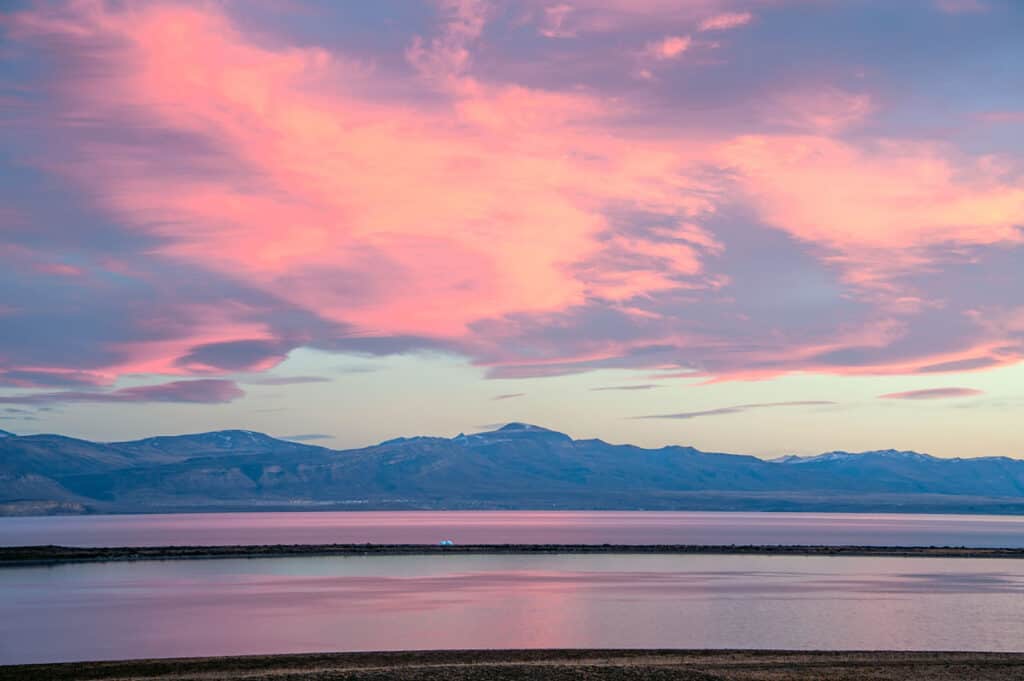
©iStock.com/xeni4ka
The Viedma Lake is located on the Argentina-Chile border. It is a 50-mile-long elongated lake with a surface area of 420 sq mi or 1,088 sq km. The Viedma Glacier’s melting glacial ice feeds the lake’s inlets, while the Santa Cruz River is its principal outflow. The Viedma Lake is Argentina’s second-largest perennial lake, which means it retains its water in its basin for the entire year and does not usually fluctuate.
5. Lake Argentino, Argentina
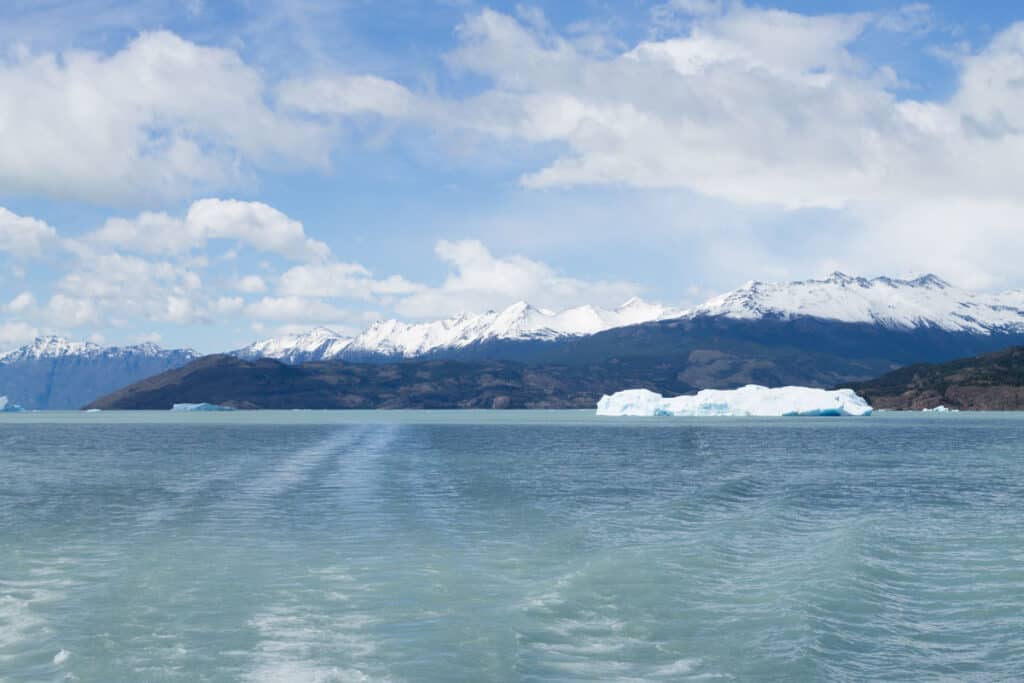
The largest freshwater lake in Argentina is Lake Argentino.
©iStock.com/elleon
Lake Argentino is located in the Los Glaciares National Park in Argentina. This freshwater lake covers a surface area of 566 sq mi or 1,466 sq km, making it the largest freshwater lake in the country. The lake is also quite deep, with an average depth reaching 150 meters and its deepest points reaching 500 meters. Lake Argentino is fed by several rivers’ glacial meltwaters and numerous mountain streams. It drains its water through the Santa Cruz River that flows into the Atlantic Ocean.
4. General Carrera Lake/ Lake Buenos Aires, Chile/Argentina
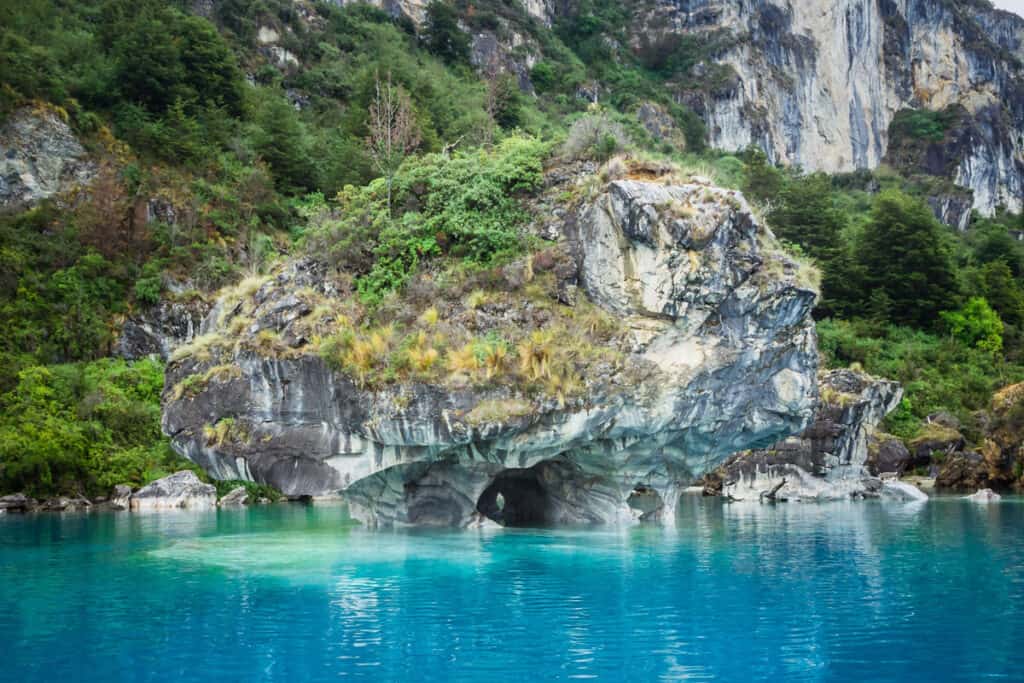
Lake Buenos Aires is famous for its abundant trout and salmon population.
©iStock.com/Erlantz Pérez Rodríguez
The reason behind the two names of this lake is that two different countries share it. In Chile, the lake is called General Carrera Lake, while in Argentina, it is referred to as Lake Buenos Aires. It has a surface area of 710 sq mi or 1,850 sq km and is located within the Andes mountain range. The lake is fed by streams and melting glaciers coming from the surrounding mountains and drains through the Blake and Deseado Rivers. It is famous for its abundant trout and salmon population.
3. Mar Chiquita, Argentina
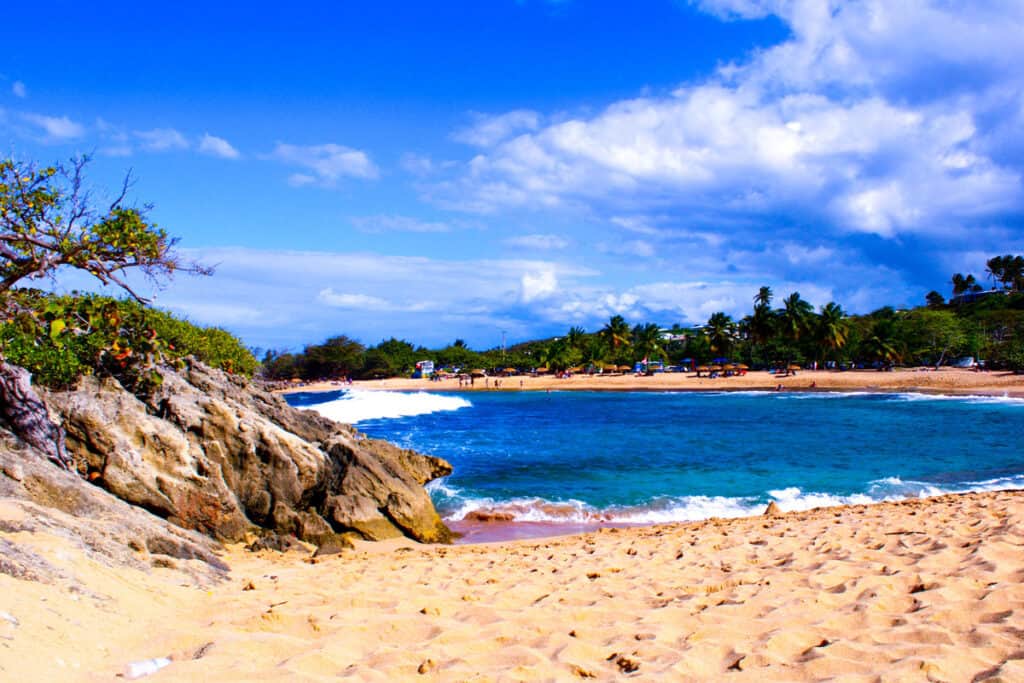
Mar Chiquita has a surface area of 772 square miles.
©iStock.com/Alvin Rodriguez Caraballo
The third-largest lake in South America is Mar Chiquita, reaching a surface area of 772 sq mi or 2,000 sq km. It is an endorheic salt lake, which means it is a closed basin with no outflow of water through rivers or streams and only loses water through evaporation, hence its salinity. Mar Chiquita has a shallow depth of 35 feet, so its water content rises three times its average volume during rainy seasons. Located in Argentina, Mar Chiquita has a salinity level reaching 250 g/l to 40 g/l.
2. Lake Poopó, Bolivia
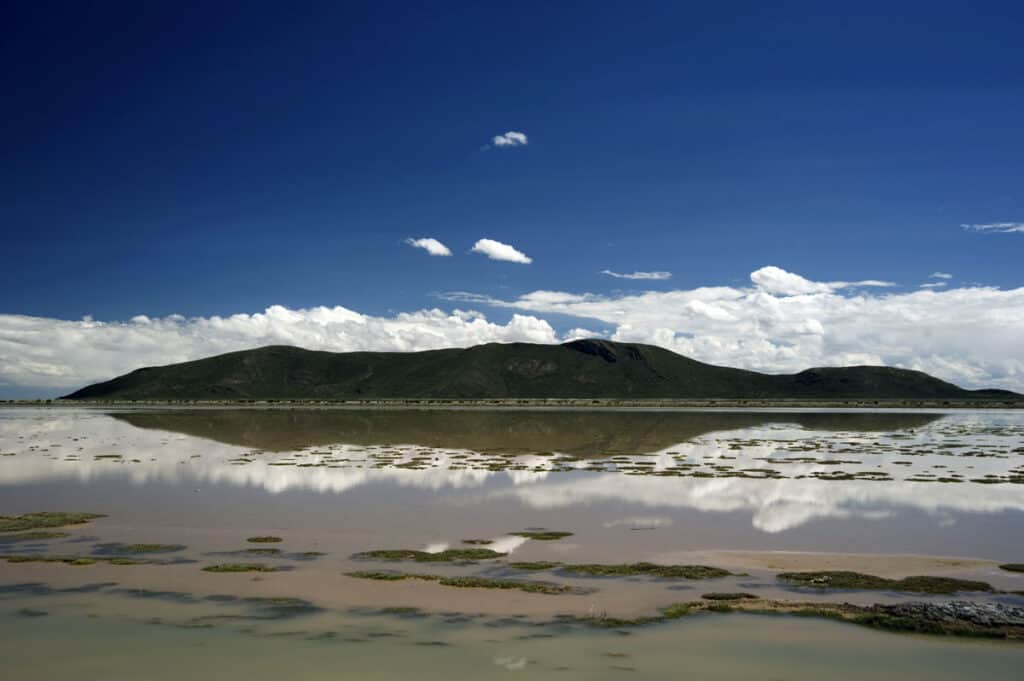
The water in Lake Poopó has declined over the past decade.
©iStock.com/FernandoPodolski
Lake Poopó has a total surface area of 1,232 sq mi or 3,191 sq km, or at least it used to. The lake used to be South America’s second-largest lake, but now it has all dried up –almost completely. It was fed by the Desaguadero River, filling the permanent part of the lake that measures about 391 sq mi or 1,000 sq km. The lake would stretch almost 70 kilometers long during wet seasons, enough to cover a small country like Luxembourg. It was a huge saline lake located in a shallow depression in Bolivia. The water in Lake Poopó would change seasonally. However, its water level has declined over the past decades and dried out in 2015 due to El Niño. Now, the second-largest lake on the continent is just a salty land of mud.
1. Lake Titicaca, Bolivia/Peru

The largest lake in South America is Lake Titicaca.
©iStock.com/StreetFlash
Lake Titicaca is one of the most well-known lakes in the world because it is the largest lake in South America and the world’s highest navigable lake. Located in the Andes mountains and stretching between Bolivia and Peru, Lake Titicaca has a 3,232 sq mi or 8,372 sq km surface area. Lake Titicaca is famous around the world because of its rich history. The lake is said to be the birthplace of the Incas, one of the oldest civilizations known to inhabit the Americas. Their abundant history is reflected through the ruins found in the lake. There were ruins discovered at the lake’s bottom and on its shore in 2000, which is believed to be an essential part of the Inca tradition. The lake is the world’s highest navigable lake by large vessels as it sits at 12,507 feet or 3,812 meters above sea level. Over 25 rivers feed Lake Titicaca, providing its rich wildlife and marine biodiversity. Plenty of fish life inhabits the lake’s waters, but it consists mainly of killifish and catfish. The lake is also home to a specific large frog species (Telmatobius culeus), reaching almost a foot.
Summary Of The 15 Largest Lakes In South America
| Rank | Lake | Location | Size |
|---|---|---|---|
| 15 | Presidente Ríos Lake | Chile | 121 sq mi |
| 14 | Cochrane/Pueyrredón Lake | Chile/Argentina | 125 sq mi |
| 13 | Lake Valencia | Venezuela | 140 sq mi |
| 12 | Ranco Lake | Chile | 160 sq mi |
| 11 | Lake Musters and Lake Colhué Huapí | Argentina | 173.74 sq mi |
| 10 | Nahuel Huapi Lake | Argentina | 210 sq mi |
| 9 | Cami Lake | Chile/Argentina | 249 sq mi |
| 8 | Llanquihue Lake | Chile | 330 sq mi |
| 7 | O’Higgins/San Martín Lake | Chile/Argentina | 391 sq mi |
| 6 | Viedma Lake | Argentina/Chile | 420 sq mi |
| 5 | Lake Argentino | Argentina | 566 sq mi |
| 4 | General Carrera Lake/ Lake Buenos Aires | Chile/Argentina | 710 sq mi |
| 3 | Mar Chiquita, Argentina | Argentina | 772 sq mi |
| 2 | Lake Poopó | Bolivia | 1,232 sq mi |
| 1 | Lake Titicaca | Bolivia/Peru | 3,232 sq mi |
The photo featured at the top of this post is © iStock.com/ToniFlap
Thank you for reading! Have some feedback for us? Contact the AZ Animals editorial team.






